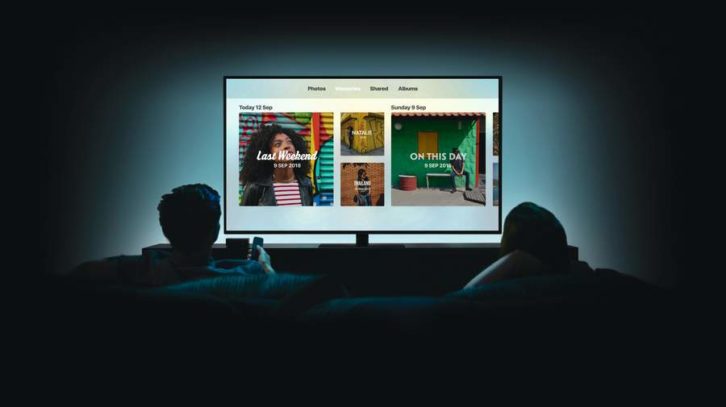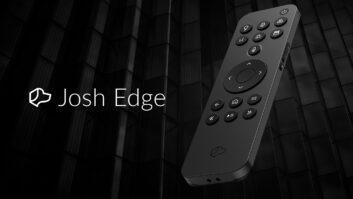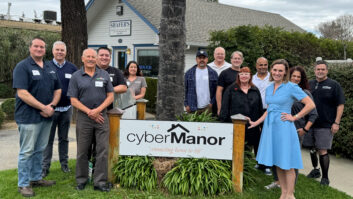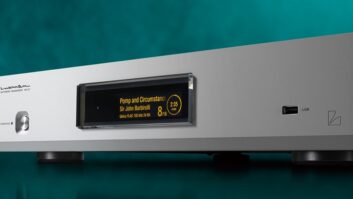
Have any of you tried to integrate the new Apple TV 4 or 4K into a control system lately? Or tried to install a Samsung Frame TV on wall? If so, you’ll understand my frustrations. Why do some of the major international brands in our industry have to make things so hard?
Take the Apple TV. Controlling the older Apple TVs with an IP driver or module has been pretty straightforward. After setting up the Apple TV, reserve the DHCP address and you are all set. With the new Apple TVs, the old method worked until OS13 was released this month. I can not tell you how many posts I see and how many calls Crestron tech support tells me they receive because clients are losing control of their Apple TVs with the old IP driver being used on new Apple TVs. Every single one of those calls means a service call, because there is no way to fix the issue without either a new driver/module setup or putting an IR emitter on the Apple TV.
To make matters worse, for new installs or to fix a “broken” integration, it requires the client to be home with their iOS device, so that the system can be integrated using HomeKit. The process is cumbersome, difficult, and requires the client to give up their iOS device for a period of time as you set up the Apple TV. To top it all off, the integration “breaks” every so often, requiring either a refresh of the Apple TV bridge driver or a reboot of the Apple TV or control processor. It is definitely not easy or clean and has forced most integrators I know to go backwards and use IR or CEC control.
Also by Todd Anthony Puma: Forging Great Vendor Relationships
Not surprisingly, it appears that Apple does not really take our industry into consideration when developing product or processes. For this reason, I now recommend and sell only Roku. If a client is adamant about Apple TV, they are told they must procure it, and they will be billed by the hour to integrate it and troubleshoot it. Unless they have a compelling reason to go with an Apple TV, that usually changes their mind quickly enough.
Another brand I have a love-hate relationship with is Samsung. In theory, the OneConnect box makes sense for end users setting up a TV on a stand; it reduces the cables going from the furniture to the TV and allows everything to connect neatly inside the stand. We were able to work around it for a while by just mounting the small OneConnect box behind the TV and running our HDMI and control cables as necessary. We did have some issues with the connecting cable shorting out the board, but we just put a clause in our contract stating that we were not responsible for failures of the TV due to the OneConnect cable or box.
Then Samsung started making the box larger and larger, and now they incorporate the power connection for the panel into the box. Maybe that sounds good in theory when an engineer is sitting at their desk, but in the real world we now have a cable carrying power that is not in-wall rated and is proprietary. This means we cannot hide the box in a closet, in a piece of furniture below the TV, or elsewhere in the room because we cannot safely route the cable inside walls. Therefore we have to figure out how to mount this monster behind the TV.
I’m clearly not an engineer or a senior executive at a TV manufacturer, so maybe there is something I am missing. It is telling that one of the hits at CEDIA this year was the SnapAV VesraBox for the OneConnect. While we still sell Samsung, we have broadened our offerings to include Sony and LG. Samsung, while still in our assortment, is now our second or third choice whereas they previously were our far and away leader.
Also by Todd Anthony Puma: Getting Excited Again
Products like The Frame and Ambient Mode will keep Samsung relevant. And they have listened to the market to some extent and now sell many models that do not use a OneConnect. I’m just waiting with my fingers crossed that they extend that to The Frame in the near future.
Why do these manufacturers continue to make products that just do not work for the custom install industry? Are we that small a part of their sales? Do they not realize the broader influence we have on sales through our clients and what we install in their homes? Or is it just that the engineers and executives are not making it into the field to see things firsthand? Or am I not seeing something and have my head in the sand?
OK, rant over! If you all have better ways to handle these products, let me know, I’m all ears!







